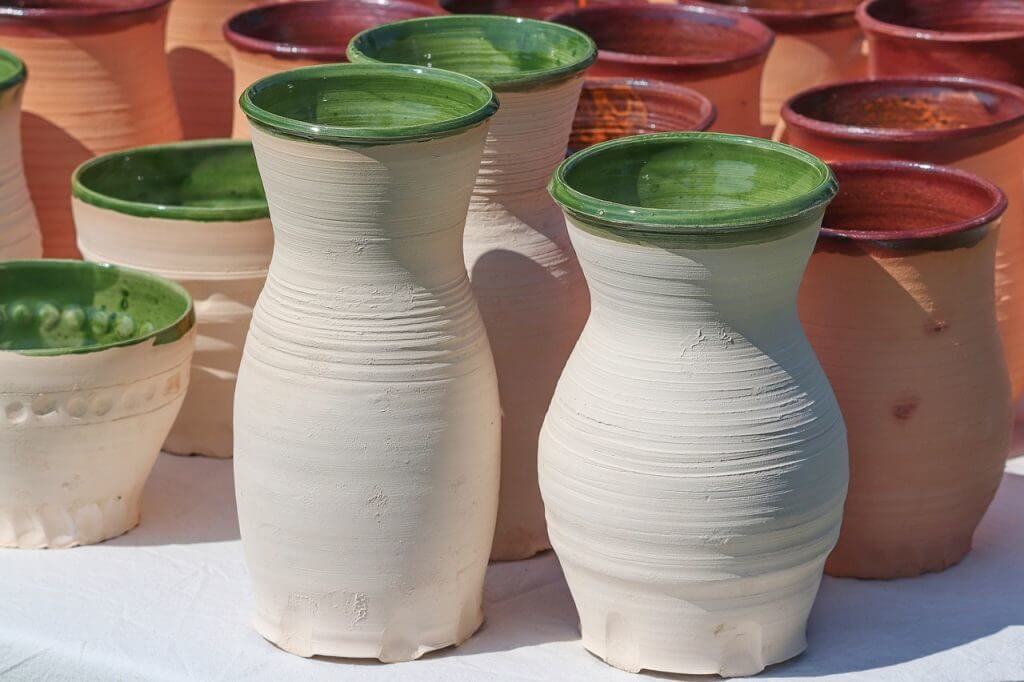You can’t please everyone with your art—and you shouldn’t try! In the long run, the artist who is serious about his or her art truly has only one person to please: him or herself.
But having said that, there are still ways to please MOST of your clients or collectors. . . most of the time. :) Here are 5 tips that will help you do that, no matter what kind of art you make:
1. Know what your target audience likes
Does this sound like marketing advice? Well, it is. . . and it’s good marketing advice! But it also plays a key role in dealing with your clients and collectors.
If you understand your target audience, you know who is most likely to like your artwork enough to buy it. The better the fit between your audience and your work, the more likely you will have happy clients and collectors.
If you’re just getting started trying to sell your artwork, this can be a daunting concept. So I suggest simplifying it to two key factors. First, look for people who like the same subject matter that you prefer to paint or draw (for example landscapes, horses, or still life paintings of food, etc). And second, look for people who like the style of art that you create.
There are other factors, too, but these two will get you started. For more on this subject, read 3 Ways to Identify the Best Target Audience for Your Art.
2. Be clear about prices
Ambiguity about prices is one of the quickest ways to make your collectors and clients dissatisfied with your art. If they think your work is $500 and they buy it and end up with a total charge of $750, there will be dissatisfaction (to put it mildly).
If you have to charge shipping, make sure to provide accurate information. Even if you have to get a specific quote from your preferred shipper, it’s well worth your time to explain that.
The same guideline applies to sales taxes and VAT taxes if you sell internationally. You either need to provide itemized values for taxes, shipping, and other extras (such as insurance) up front, or you need to include those costs in the selling price of your artwork so potential buyers know exactly what they will pay.
3. Offer a satisfaction guarantee
Until your buyer is standing directly in front of your artwork, there’s always the chance they won’t like it as much in person as they did online. Fact of life.
So I always suggest offering some kind of satisfaction guarantee. A return with a full refund is one option, but you can also offer an in-kind trade in which they swap the painting they bought for one they like better.
Yes, this may occasionally add a bit more work for you. But before you automatically write this idea off, give it some thought. You want a client who is so happy with your artwork (and with you, the artist) that they tell everybody, don’t you? You don’t have to offer money back, but it’s advisable to have some means of changing an unhappy buyer into a happy one. Don’t pass up that opportunity.
4. Treat repeat buyers like VIPs
Airlines offer frequent flier miles. Other types of companies offer discounts to repeat customers or bulk buyers. Why don’t you?
As artists, we often believe that we sell something so unique that we don’t NEED to offer perks. And it’s true that a “bulk” pricing discount doesn’t make sense with expensive original artwork. But what about framing costs? Or shipping and handling?
If you frame your work for sale and you get a discount on frames for any reason, pass that discount on to repeat buyers. If you pay to have paintings packaged for shipping and you can get a discount thereby sending two or more together, pass those savings on to the buyer!
And if you have local buyers, maybe the VIP treatment is more about inviting them to your studio to see your latest work before anyone else. Be creative—there are always ways to offer a better experience to the people who support you the most.
5. Go the extra mile to ensure a good experience
Show some pride in what you do and how you interact with clients and collectors. It doesn’t need to be fancy or expensive. These days, a handwritten thank-you card is all you need to do to set yourself apart from most other sellers in your market.
You may also want to make sure the client or collector received their artwork in good order and in good shape. You can do this either by email or telephone, depending on how you’ve corresponded with your client or collector most in the past.
It doesn’t need to be a long-involved conversation, either. A quick follow-up email or call is sufficient. If the buyer is happy, they’ll be glad to tell you. If they aren’t, you have the opportunity to make it right.
What if it’s too late for any of these tips?
No matter what you do, at some point, you’ll encounter an unhappy buyer. In my next post, I’ll share how to deal with them in the best way possible.
In the meantime, I encourage you to put these 5 tips to practice in your own art business and see what a difference it makes!
This post may contain affiliate links.


